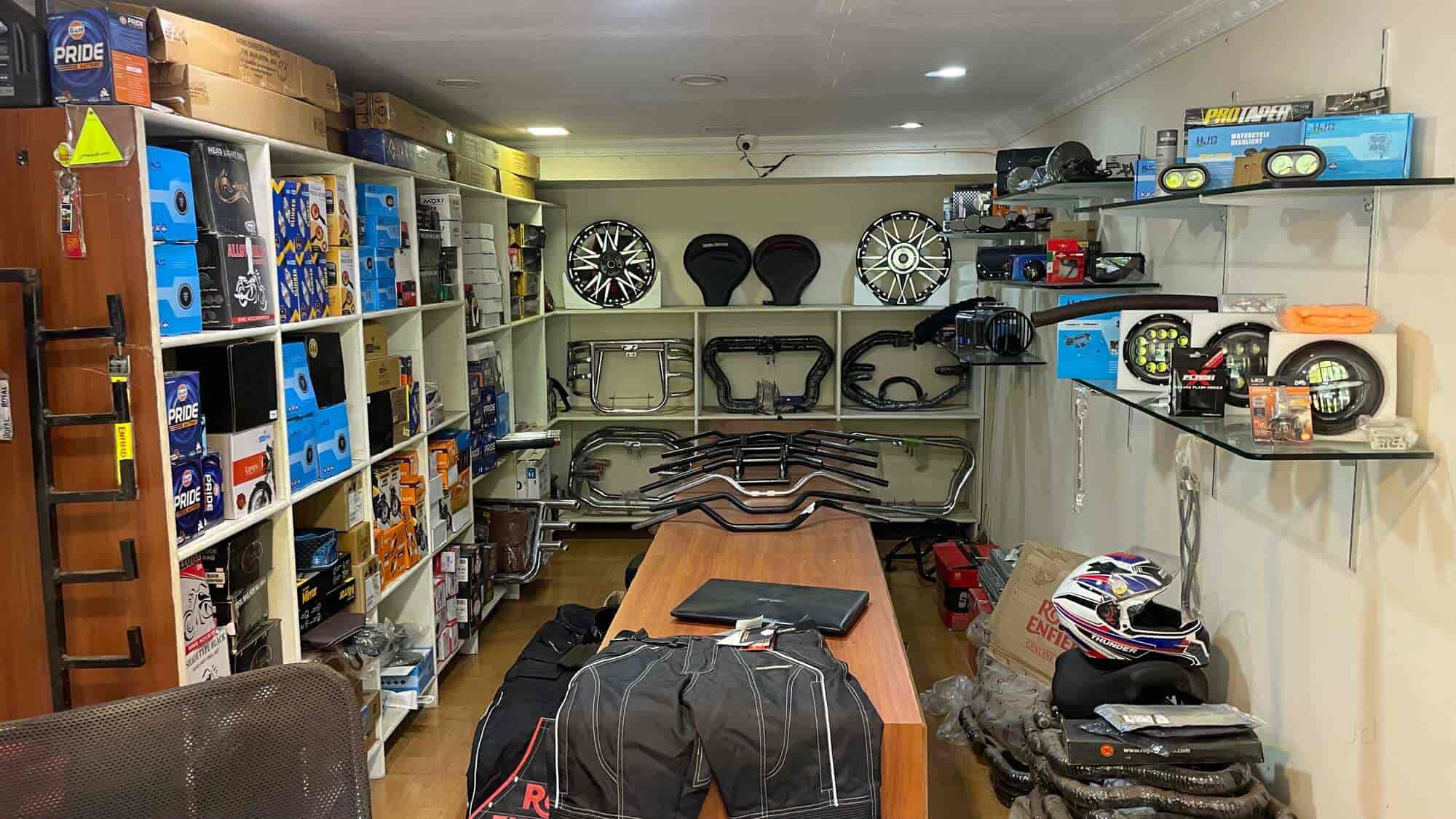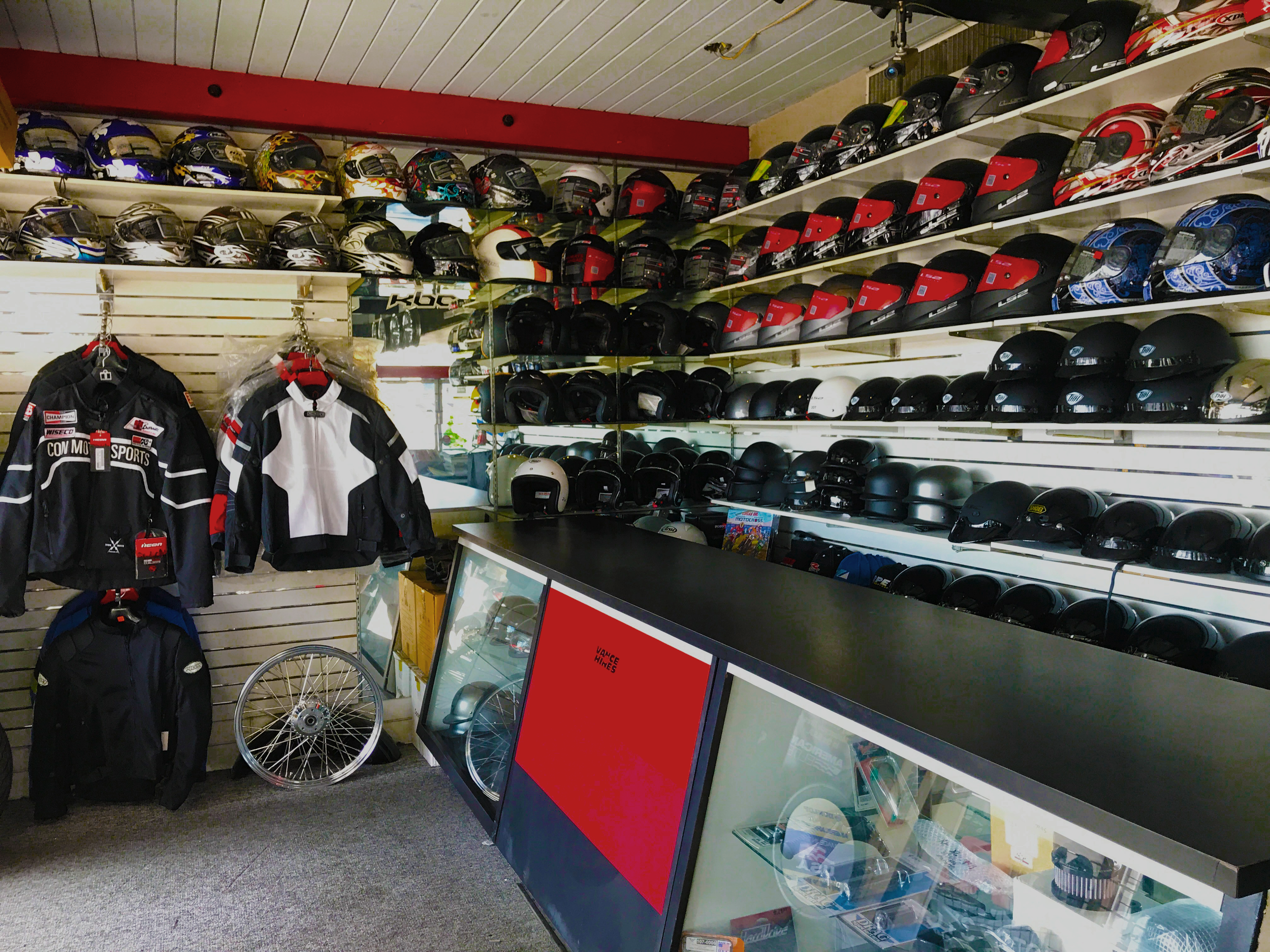An In-depth Consider Motorbike Parts: What Every Motorcyclist Needs To Know
A thorough understanding of bike components is not merely useful yet important for any motorcyclist intending to maximize performance and security. Each part, from the engine's complex functions to the reliability of brake systems, plays a crucial role in the overall experience and performance of the bike.
Understanding the Engine
The engine, frequently considered as the heart of a motorcycle, is an intricate assembly of elements that operate in consistency to convert gas into motion. At its core, the engine's key feature includes the combustion process, where air and gas mix and fire up within the cyndrical tubes, leading to controlled surges that drive the pistons. These pistons move up and down, converting chemical power into mechanical power, which ultimately turns the crankshaft, inevitably powering the bike.

Recognizing the ins and outs of a motorbike engine is essential for riders and lovers alike. It not just offers understanding right into exactly how motorbikes achieve their impressive power and rate but also help in efficient upkeep and troubleshooting, making certain long life and reliability when traveling.
Suspension Systems
While the engine powers the bike, the suspension system plays an important function in making sure a controlled and smooth ride. The suspension system is in charge of absorbing shocks from the roadway surface, keeping tire contact, and offering stability throughout cornering and stopping. It makes up 2 main components: the front forks and the rear shock absorbers.
Front forks are typically telescopic, consisting of a spring and moistening device. The spring extends and compresses to soak up bumps, while the dampening system regulates the motion to stop excessive bouncing. This combination guarantees the front wheel continues to be touching the roadway, offering exceptional handling and convenience.
The back suspension, normally a monoshock or twin-shock arrangement, works similarly to the front suspension yet is customized to support the motorbike's weight and biker - motocross parts nz. It takes care of back wheel movement, adding to the bike's overall balance and responsiveness
Suspension systems can be adjustable, allowing riders to fine-tune preload, compression, and rebound settings according to personal preferences and riding problems. This adjustability improves efficiency by optimizing the motorcycle's communication with varied surfaces. In recap, an effective shock absorber is essential for cyclist comfort, safety and security, and the motorbike's taking care of prowess.
Brake Parts
Stopping power is a fundamental facet of bike security, and it rests on the efficiency of the brake elements. The primary elements of a bike's braking system include the brake pads, calipers, blades, and master cylinder. motorcycle shop. Each of these parts plays a critical function in guaranteeing reliable stopping performance
Brake pads are important as they create the necessary rubbing versus the blades to reduce or stop the motorcycle. Constructed from materials such as sintered steel or natural composites, the option of brake pad product dramatically affects performance and durability. Calipers, real estate the brake pads, apply stress to the pads when the brake bar is involved, facilitating contact with the blades.
The blades, typically made from stainless-steel or actors iron, are mounted to image source the wheels and act as the surface area against which the brake pads press. Their style, consisting of size and density, affects warmth dissipation and stopping power. The master cyndrical tube, attached to the brake lever, produces hydraulic pressure sent with brake lines to the calipers, making certain consistent stopping pressure.
Routine maintenance and evaluation of these parts are crucial for optimal performance, protecting against wear and ensuring cyclist safety and security when driving.
Tire Fundamentals
Beyond keeping durable braking systems, making certain optimal tire efficiency is just as considerable for motorcycle safety and effectiveness. Tires are the sole call point in between the roadway and the bike, making their problem critical in taking care of, stability, and total trip quality. Picking the suitable tire kind is essential, as it straight affects traction and efficiency. Choices range from touring to sport tires, each developed to suit specific riding conditions and styles.

In addition, take into consideration the tire's age. Rubber substances weaken over time, even if walk shows up appropriate. Examine the sidewall for the DOT (Division of Transport) code to identify the tire's age. Normally, substitute is encouraged every five years, despite wear. Investing focus in these tire basics not only maximizes performance but additionally substantially improves riding safety.
Electrical Solutions
In the world of motorbike maintenance, the electric system plays an important duty in making sure reputable efficiency and cyclist safety and security. This complex network includes vital parts such as the battery, generator, starter motor, and circuitry harness. Each component is important for the smooth procedure of the motorbike, from ignition to illumination and interaction with numerous sensors.
The battery works as the heart of the electrical system, supplying the necessary power to begin the engine and operate devices. On a regular basis checking the battery's voltage and terminals for rust is important to stop unexpected failures. The generator, on the other hand, charges the battery while the engine is running, making sure a constant power supply.
The starter motor is accountable for launching engine operation, transforming electrical power into power. To keep it, motorcyclists need to take notice of any type of helpful site uncommon sounds or difficulties during start-up. The circuitry harness serves as the vehicle's anxious system, attaching all electric components. Making certain that the cords are totally free and undamaged from damages is essential for protecting against brief circuits and making sure performance.
Final Thought
Quiting power is a basic aspect of motorcycle safety, and it hinges on the effectiveness of the brake elements. The primary components of a motorbike's stopping system include the brake pads, calipers, blades, and master cyndrical tube.Brake pads are essential as they develop the required friction against the blades to reduce down or stop the motorbike.Beyond maintaining robust braking systems, guaranteeing optimum tire efficiency is similarly significant for motorcycle safety and Find Out More security and efficiency.In the realm of bike upkeep, the electrical system plays a critical duty in guaranteeing reputable efficiency and rider security.